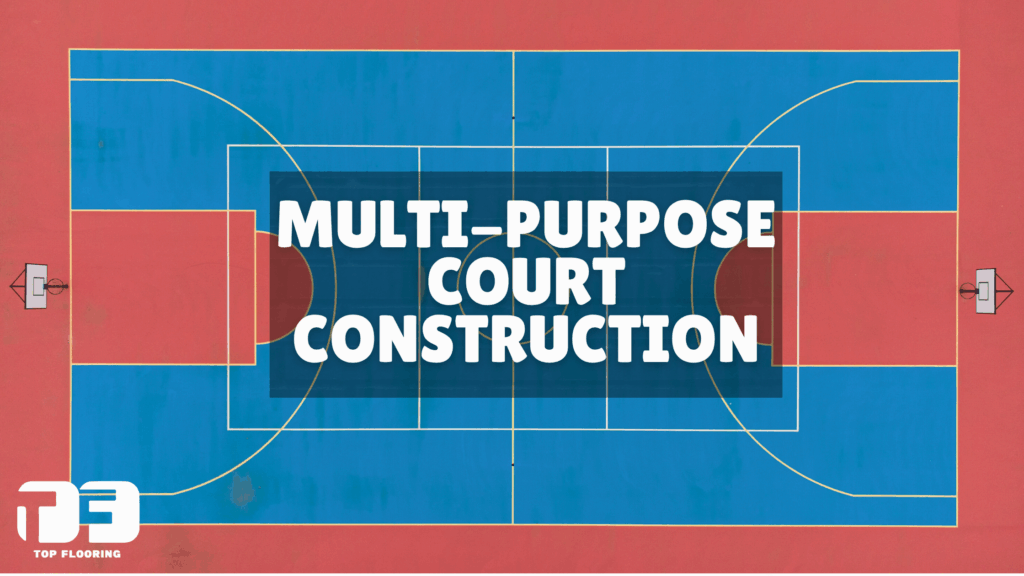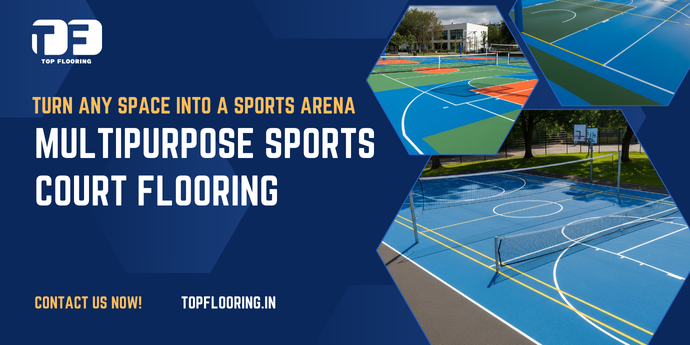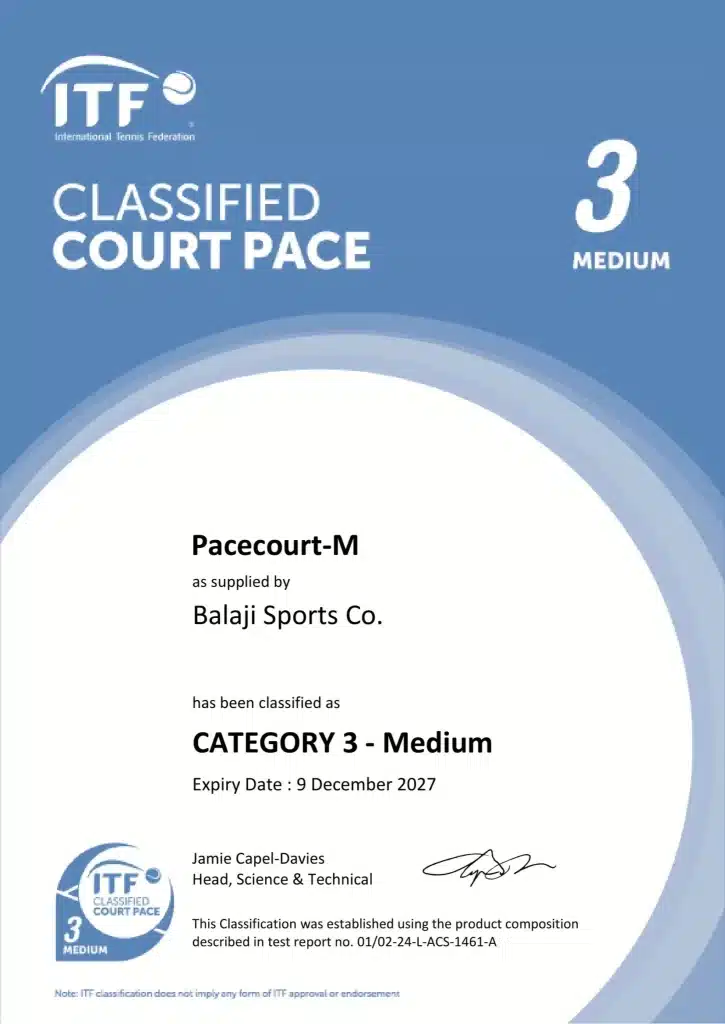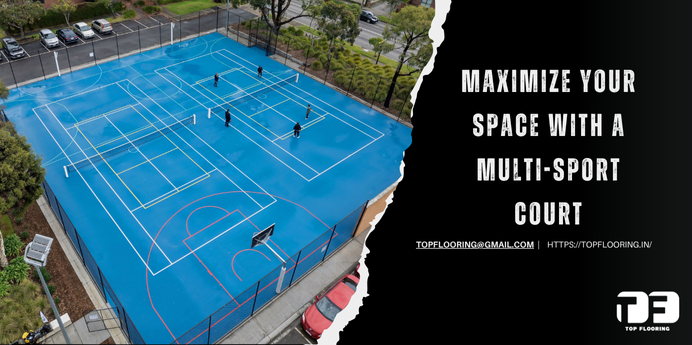
India’s residential landscape is changing rapidly. Multi-sport courts flooring is becoming more popular in residential developments as urbanisation increases and people want to play games at their homes only. These multipurpose courts, once exclusive to schools and sports clubs, are now being installed in apartment complexes as well as gated communities and private backyards.
This is due to a combination of factors including space optimization, health awareness and smart sports court construction decisions like synthetic acrylic sports floors. This blog explores why multi-sport flooring is becoming more popular in residential developments, and how both developers and residents benefit from it.
1. The Shift of Multi-Sports Flooring in Residential Design Trends
Over the last decade, residential buyers in India have moved from just a shelter to lifestyle. Amenities like clubhouses and swimming pools are common, but sports infrastructure is fast becoming the next big differentiator.
Why Multi-Sport Courts?
- From tennis to basketball, volleyball to badminton, a single court can host 4 to 6 sports with unmatched versatility.
- In compact urban projects, multi-sport court construction makes the most of every square foot.
- Whether it’s kids after school, adults on weekends or seniors doing morning stretches these multi-purpose courts bring everyone together.
- A well designed, high quality multi-sports court flooring can significantly enhance the appeal and make it profitable for the entire residential project.
The sports flooring which was once a luxury is now becoming a smart investment. As health consciousness rises and community engagement becomes a priority, multi-purpose court installation is rapidly becoming a standard in forward thinking residential designs.
2. What is a Multi-Sport Court?
A multi-sports court is a court in which you can enjoy different types of games like tennis, basketball, pickleball, badminton and others. A single court can be used using line-marking, poles, and nets for different sports.
Multi-purpose courts are not just painted pavement. But it is a sports surface engineered to allow multiple sports, without compromising playability, safety, or performance. It can be installed in backyards, community parks or residential societies.
What Makes a Multi-purpose Court Versatile?
A multi sport court is designed for versatility, one platform where multiple games can be played with ease. The base is a durable synthetic acrylic surface that’s slip resistant and weather proof which is perfect for Indian climate. Whether it’s scorching heat or sudden rain, the multipurpose court is safe and functional all year round.
This became more functional with add-ons such as modular net systems for tennis, volleyball and badminton court flooring, adjustable hoops and poles for basketball court flooring. These can be set up, so you can switch between sports without any hassle.
UV resistant coatings maintain the sports court surface’s color under the sun, while optional cushioning layers add comfort and reduce joint impact. A multi-sport court is more than just a game zone, but it’s a smart space that promotes active living for all age groups.
3. Why Indian Housing Projects Prefer Multi-Purpose Courts
In India, the space available for residential developments is very limited. This is particularly true in metropolitan areas and tier-2 cities. Most developers cannot afford to build traditional sports facilities on large land plots. And the solution for them is multisport court construction.
Developers Benefits
1. Maximize your space with maximum utility
Space-constrained urban projects are ideal for multi-sport courts. One court can accommodate tennis, badminton, volleyball court flooring, and basketball court. There is no need to separate zones for each sport. It fits well in small layouts and rooftops.
2. Stronger Buyer Appeal & Marketing Edge
Active lifestyle amenities are a must for today’s homebuyers. Multisport courts improve living conditions and increase the value of the project. They also appeal to fitness enthusiasts and families.
3. Synthetic materials are cost-effective
The long-term costs of synthetic acrylic sports flooring are reduced. These materials are low maintenance and require no mowing or watering. They’re also highly durable and help developers to avoid expensive maintenance and provide sustainable infrastructure.
4. Fast Turnaround Time
Multi-sport courts are easier to install than traditional sports infrastructure which usually takes a few weeks. The developers can meet deadlines while maintaining amenities.
Benefits to Residents
1. All-Season Usability
The multipurpose sports surface is UV-resistant and allows quick drying with uninterrupted use even in monsoons and summer heat. Residents can now enjoy their fitness and recreation, regardless of the weather.
2. Safety Playing Environment
Synthetic acrylic courts are safe for all players, including children and seniors. They also reduce the risk of injury.
3. Building Community Engagement
A multi-sports court is a place where neighbors can meet, create teams and play friendly games. This encourages interaction, bonding and a positive residential atmosphere.
4. All Age Groups Included
The multipurpose court is a place where everyone can be active, whether it’s kids playing badminton or adults playing basketball. Even seniors who walk for fitness.
4. Why Synthetic Acrylic Sports Flooring Leads the Way
A multi-sport court is incomplete without the flooring. Among all options, synthetic acrylic sports flooring is the best flooring in India.
Why Acrylic is the Champion:
- Seamless, non-slip surface: Offer consistent grip and safety, with no slips or falls during high intensity games.
- Customizable cushioning: Layered systems can be adjusted as per age group or sport type, with extra comfort and joint protection.
- All weather durability: Acrylic coatings can withstand extreme heat, humidity and monsoons year round usage.
- UV and fade resistant: Multi-sports court colours remain bright and vibrant for years even under direct sunlight.
- Low maintenance: No resurfacing, patching or heavy cleaning required. Just sweep and wash occasionally and it looks new.
- Quick drying post rain: The water draining surface allows quick play resumption which is very important in India’s unpredictable climate.
Whether it’s a backyard sports court in India or a shared amenity in a luxury apartment complex, synthetic acrylic flooring ensures safe, smooth and long lasting performance with minimal effort from builders or residents.
5. The Rise of Backyard Sports Courts in India
A few years ago, having a private sports court at home was a luxury only for celebrities, sports enthusiasts or ultra luxury properties. Today that perception has changed. With low maintenance sports flooring and customised installation solutions, Now Indian homeowners are converting open spaces into functional multi-sport play zones. This trend is driven by the increasing focus on health, convenience and lifestyle. Whether it’s a small badminton court flooring setup, a multi-use basketball court or a rooftop play area, people are using most of their space.
This trend is more visible in farmhouses, villas, weekend homes and even urban homes where rooftops and terraces are being used creatively. The sports court material choice for these installations is synthetic acrylic sports flooring which offers durability, sleek and vibrant look and year round weather protection. Its UV resistance, monsoon resistance and non-slip surface makes it a practical and aesthetic choice for outdoor use. As more and more people are looking to create active recreational spaces at home, the backyard sports court is moving from a luxury upgrade to a smart and value adding lifestyle investment.
6. Multi-Sport Court Construction Considerations
When building a multi-sport court, home builders and homeowners should think about:
1. Surface Material: Use sports flooring materials that are resistant to UV rays and water, like acrylic synthetic flooring.
2. Size and layout: Change the space to fit different sports. A court that is 30 by 60 feet can be used for both basketball and tennis at the same time.
3. Marking Lines and Equipment: Use good court paint to make lines for each sport. Poles and nets can be put together in different ways to change games quickly.
4. Drainage and Base Construction: Make sure the base (usually concrete or asphalt) is level and has the right slope and drainage to withstand monsoons.
5. Customizing Colors: Pick bright, fade-resistant colors that make your court look professional.
7.Multi-Sport Courts and Community Building
Multi-sport courts go beyond being athletic infrastructure but they are vibrant social hubs that bring people together. In residential settings, these sports courts create shared spaces where everyone can connect, play and engage in healthy habits. They encourage daily fitness habits so residents don’t have to go to distant gyms or clubs. For families, they are a safe and convenient area for kids to play while parents and neighbors watch, participate or just socialize nearby.
The presence of a multi-sport court also strengthens relationships among residents by promoting team based activities and friendly competition. Communities often organize tournaments, fitness events and group games that bring everyone together while building trust, companionship and shared identity. For senior citizens and working professionals, these courts are a quick and accessible outlet for regular movement to reduce sedentary lifestyles.
8. Multipurpose Court Cost and Maintenance
One of the main reasons for the popularity of multi-sport court flooring in residential projects is its cost effectiveness. Compared to traditional sports infrastructure, synthetic surfaces – especially synthetic acrylic flooring offer a great balance of performance, looks and affordability. In India, the cost of synthetic acrylic sports flooring is low, while PP modular tiles are slightly higher. The concrete base preparation which is the foundation of the court costs an additional requirement.
For a standard 30×60 ft multi-purpose court, the total installation cost is depending on site conditions, sports flooring material chosen, cushioning options and custom features like logos or premium color schemes. Though the initial investment is high, what really makes these courts attractive is low maintenance. Just occasional sweeping and water washing to remove dust or debris. Repainting of sport specific lines every 2 to 3 years and general surface inspection every 4 to 5 years is sufficient to keep the court in top condition.
This is low maintenance sports flooring, and a practical long lasting solution for residential communities. With minimal effort residents can enjoy year round access to a safe, attractive and fully functional court that makes it a smart investment for both developers and homeowners.
9. Eco Friendly and Sustainable Design
As sustainability becomes a key focus in modern construction multi-sport court flooring has evolved to align with green building practices. Acrylic based court systems are designed with eco consciousness in mind. These flooring materials are water based, non-toxic and safe for all age groups making them ideal for family centric residential environments. Unlike traditional options like grass or clay which require regular watering, fertilizing or resurfacing synthetic acrylic sports flooring requires no water and zero chemical treatment to maintain its look and functionality.
In India’s climate high dust, intense sun and seasonal humidity acrylic courts are both practical and planet friendly. The UV resistant surface remains vibrant for years without repainting or maintenance while the low maintenance reduces environmental impact. For developers and societies looking for eco certifications or greener infrastructure installing a synthetic multi-sport court is a smart sustainable step.
10. Future Trends in Residential Sports Courts?
Multisport courts in residential projects are only the beginning. The future of sports facilities in residential areas appears even more promising in light of changing technology and rising lifestyle demands. Using smart LED lighting systems to allow residents to use the court after sunset without sacrificing safety or visibility is one of the most popular new trends. For working professionals who prefer late-night gaming or evening workouts, this is especially helpful. Rooftop sports courts in upscale apartments are another trend as they’re a creative way to make use of the extra space. These rooftop courts are useful, provide breathtaking views, and provide a unique experience. Additionally, developers are choosing highly cushioned flooring because it is more comfortable and less stressful on joints, especially for families with children and senior citizens.
Conclusion
In a competitive real estate market, it is important to offer residents amenities that add value. A multi-sport court brings together health, leisure, and community in one long-lasting, attractive space. A sports court in the backyard gives homeowners more freedom, flexibility, and a better quality of life for the whole family. It’s a good way for builders to make money with little extra work. Multi-sport courts aren’t just a fad, they’re the way of the future for smarter home design in India. Connect with Top Flooring now for the best sports flooring materials in India.
Frequently Asked Questions
A multi-sport court is a versatile playing surface designed for multiple sports like basketball, tennis, volleyball, and badminton, all in one space.
Multi-sport courts are cost-effective in long-term due to shared space and low maintenance needs.
Synthetic acrylic flooring is best for residential multi-sport courts due to its durability, weather resistance, low maintenance, and suitability for multiple sports.
Yes, they are ideal for compact spaces as they offer multiple play options within a single court layout, reducing the need for separate court.

